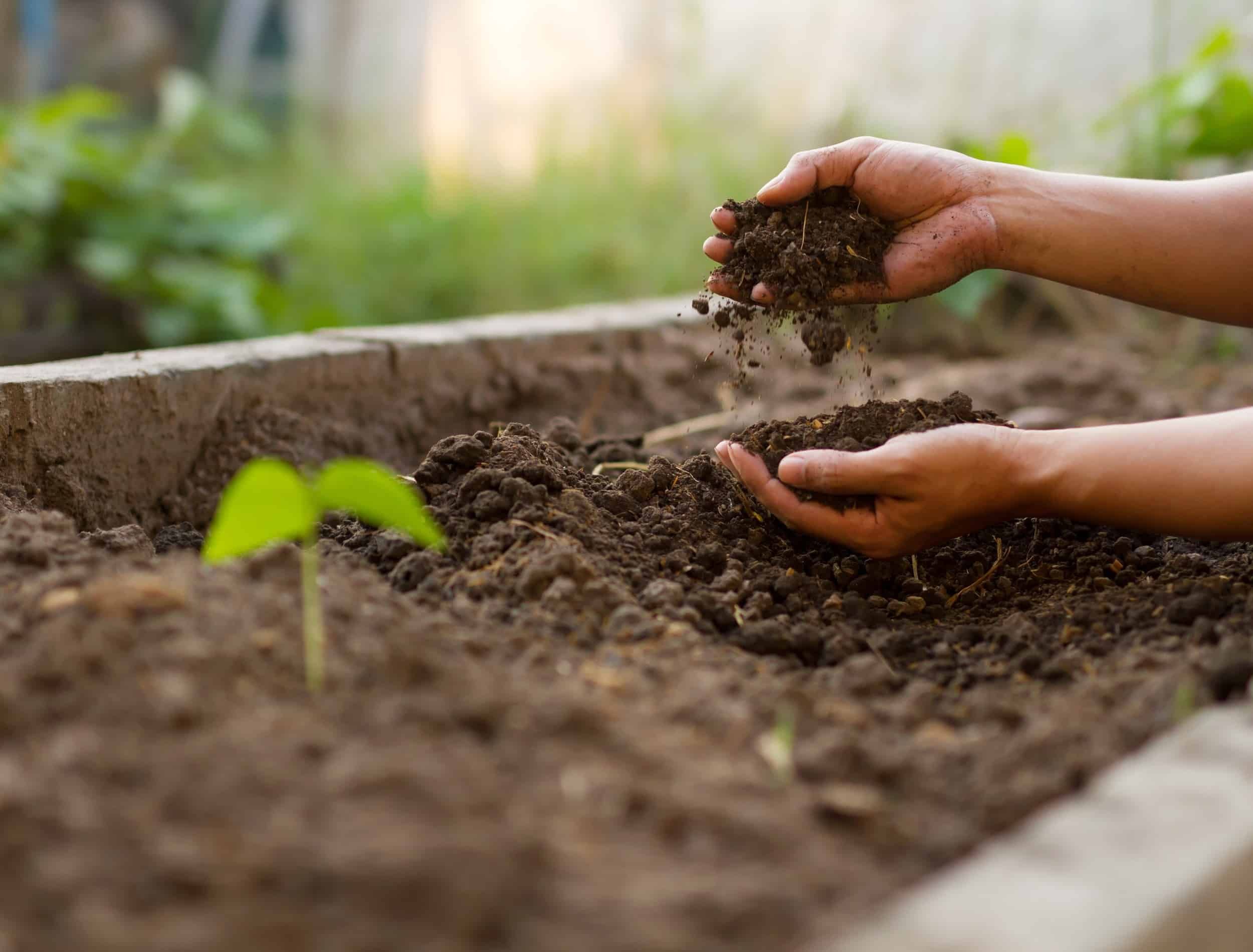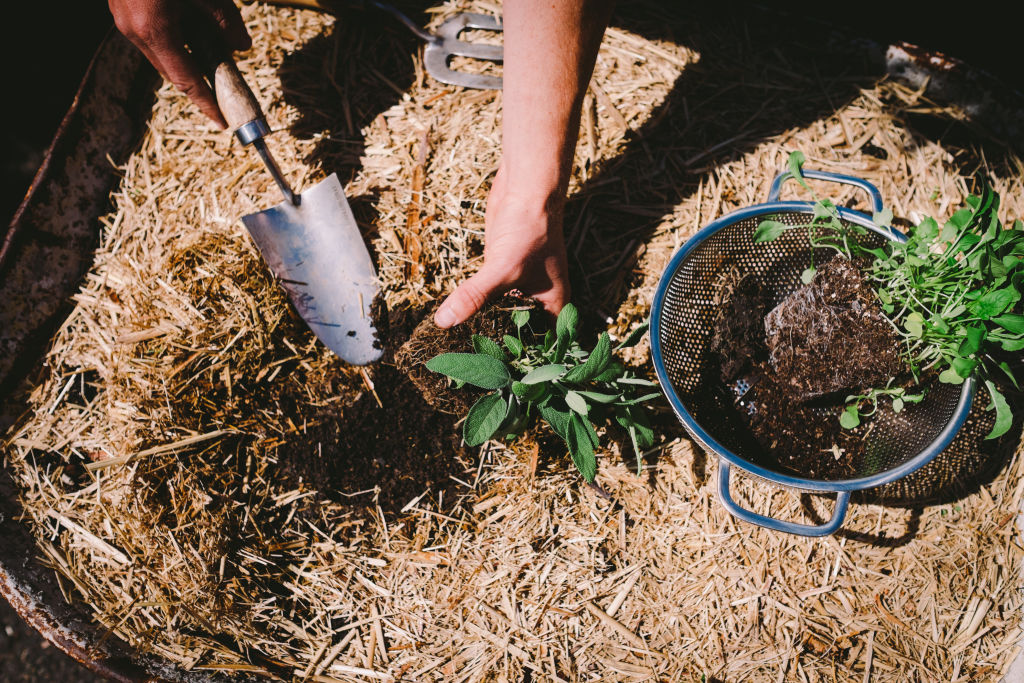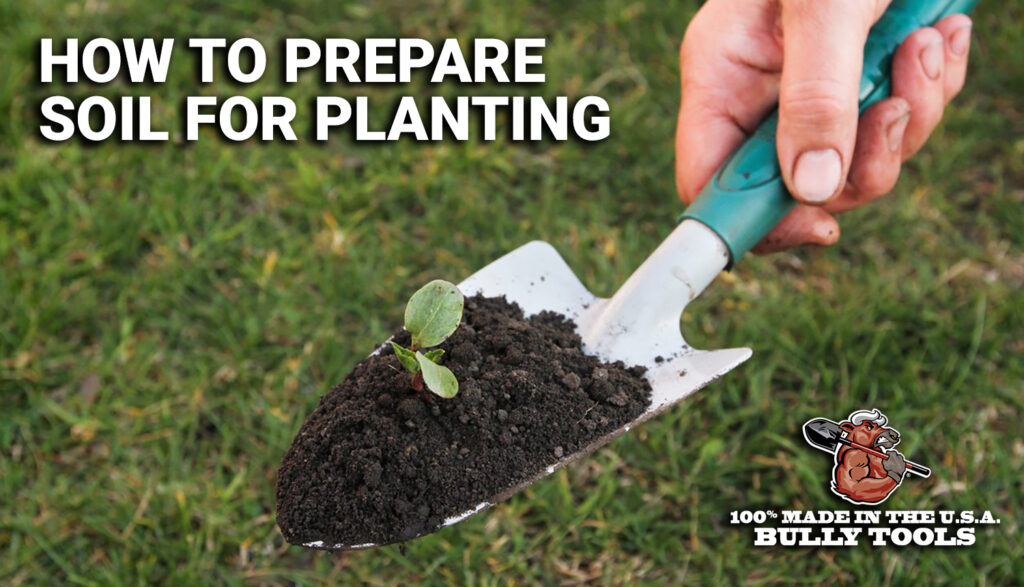Get Your Backyard Soil Ready for a Thriving Garden: Easy Steps to Success!

Standing at the edge of a rough, patchy backyard, it’s easy to imagine that prepping garden soil is about tools and muscle. But after years of trial (and some spectacular error), I’ve realized: the real magic starts in your mind—long before you dig a single shovelful.

Let’s approach this not just as a checklist, but as a way to set yourself up for actual confidence and resilience when your first crop of stubborn tomatoes or temperamental beans test your patience.
FAQ: How Do You Really Get Backyard Soil Ready for Gardening (and Outsmart Your Own Instincts Along the Way)?
Why Good Soil Is Less About Dirt—and More About Psychology
It’s tempting to shove seeds into ground and hope for the best. But here’s what most new gardeners miss: what you do before planting isn’t wasted effort—it’s your insurance policy against everything that can go wrong later. The frustration of wilting plants or puny harvests isn’t just about nutrients; it messes with your motivation.
Think of soil prep as setting yourself up for micro-successes. When roots find fluffy, nutrient-rich ground, they anchor confidently—just like we do with solid routines. Healthy plants don’t happen by accident; they’re the result of giving everything a fighting chance right from day one.
Step 1: Test, Don’t Guess – Outsmart Future Obstacles
Early on, I skipped testing because I “felt” my soil looked okay. Then something strange happened: beautiful seedlings suddenly stalled out by mid-June—leaves yellowed like autumn had come early. The home test kit ($15 at Home Depot) exposed my pH was far off for vegetables.
Psychological insight? We naturally avoid data that could upend our plans (it’s called confirmation bias). But when you test first, you anchor expectations in reality—not wishful thinking. Five minutes now can prevent weeks spent troubleshooting yellow leaves later.
- What to use: Home soil test kits labeled “pH & NPK.” If you’re analytical, log results in a notebook or app like Gardenate.
- What you learn: Are nutrients absent? Is pH hostile? Does anything need correcting?
Step 2: Weed Removal As Mental Decluttering
Pulling weeds feels tedious until you realize their roots are literal competitors—stealing both space and nutrients. Tackling them head-on is more than physical labor; it’s psychological decluttering.
When I started yanking weed after weed (even tiny grass clusters), each cleared square foot felt like reclaiming mental bandwidth. That sense of control carries through when things inevitably get messy again mid-season.
Tip: Set a 25-minute timer (the Pomodoro Method applies beautifully here) and focus only on one corner at a time. Progress snowballs once visible transformation begins—it activates your brain’s reward center faster than fretting over an endless field.

Step 3: Digging Deep—The Therapy You Didn’t Know You Needed
Manual tilling down 12 inches sounds exhausting…because frankly, it is if you rush! But I discovered something after stubbornly using only hand tools in heavy clay near dusk—the repetitive rhythm calms anxious thoughts and connects me to seasons past (“Did last year’s roots break down?”).
Digging deep cracks open compacted earth and old ways of thinking—both make room for better growth ahead.
If the ground resists:
- Water the area lightly beforehand (a trick most guides leave out).
- Go slow—section by section.
- Play music or listen to an audiobook if monotony sets in.
This isn’t just about making room for plant roots—inadvertently, you’ll feel more invested in whatever grows afterward.
Step 4: Mixing in Organic Matter = Building Your Garden’s Self-Esteem
Here’s where transformations begin—2 or 3 inches of compost (or well-rotted manure) blended with native soil is more than chemical enhancement. Year after year, my heaviest-cropping patches were always those where I added enough humus early on—even more important than store-bought fertilizer later!
The science? Compost nurtures beneficial microbes and earthworms, who then break down matter into plant-ready nutrients—all invisible until plants thrive aboveground weeks later. You feel nothing happening, but underground ecosystems are forming alliances on your behalf.
But there’s psychological gold here too: mixing compost in feels good. It triggers anticipated pride (“These veggies will owe me!”) and quiet confidence that makes failures less discouraging—they’re growing pains, not evidence of personal failure.
Pro tip: No homemade compost yet? Use bagged stuff labeled “Organic” rather than products heavy in peat moss (unless tackling pure sand). If buying bulk delivers bigger savings where you live ($40/yard near me last spring), split with a neighbor—you’ll both benefit from more fertile, forgiving ground.
Step 5: Watering In—the Art of Pre-Commitment
A gentle pre-water isn't just about moisture; it's preparing the scene for plants to sink their roots easier from day one—a lesson painfully learned after my initial attempts left lettuce seedlings parched and underwhelmed their first week outside.

By soaking loosened, organic-matter-enriched soil before planting, you're removing air pockets and stabilizing the environment so fragile new roots aren’t blindsided by rapid drying or weird dry spots just below surface level. It matters because it creates early momentum—which keeps motivation high when results are visible quickly (“Hey look! They doubled overnight!”).
Wait an hour or two post-watering before transplanting anything—that pause also lets anxiety settle so planting feels purposeful instead of frantic.
What “Good Soil” Feels Like In Your Hands (Not Just Your Head)
Forget abstract adjectives—trust your senses:
- Dark chocolate color
- Squeezable cushion texture; crumbles but still clings slightly when moist
- An unmistakable earthy aroma (never sour—if so, let it dry before trying again)
Hardpan clay scraping against shovel? Pale lifeless sand sifting through fingers? Both mean organic matter is desperately needed—and so is patience while things gradually shift from inhospitable to abundant over seasons.
First attempt at garden-building here featured relentless clay that shattered trowel handles more than once—I still wince recalling blisters—but watching worm populations explode two years later changed how I saw failure entirely…as delayed proof that effort accumulates underfoot even if above-ground change moves slowly.
Raised Beds vs In-Ground Prep – Where Your Choices Shape Outcomes
Raised beds simplify certain variables—but present new challenges too:
- Fill raised beds using roughly equal parts topsoil + compost instead of relying solely on native dirt.
- Faster spring warm-up means earlier starting but often faster drying too—I learned this the hard way losing spinach seedlings during an unseasonal hot streak. Solution: Mulch thickly ASAP post-planting.
In-ground plots demand extra patience with heavy soils; add perlite or coarse sand if drainage struggles continue even after compost additions.
Psychology twist: Raised beds offer “borders,” helping organize limited attention and reducing overwhelm compared to large plots without clear edges—a subtle productivity hack that keeps beginners sticking with it season after season.
The Soil Test Fear – Why It Feels Scarier Than It Is
Skipping a test often comes down to avoidance engineering—we’d rather stay ambiguous than discover problems we don’t know how to fix yet! But not testing creates low-grade stress (“Will these peppers even survive?”) every time leaves droop unexpectedly.
Ironically, specifics are soothing once revealed—even bad news comes bundled with clear solutions:
- High acidity? Add lime bit by bit—not all at once!
- Phosphorus low? Bone meal or soft rock phosphate nearby works wonders
Facing reality helps channel efforts efficiently instead of spiraling into reactive troubleshooting six weeks later.

Compost vs Manure vs Store-Bought Amendments – What Actually Works?
My rookie mistake was assuming raw manure meant instant miracles—instead burnt young bean seedlings back in 2017 and set growth behind weeks.
If timelines blur:
- Compost fits anywhere safely
- Well-aged manure boosts gardens provided it crumbles like chocolate cake rather than smells barnyard-fresh
- Commercial amendments offer fixes but should solve specific texture problems—not replace ongoing organic enrichment
You can't overdose on quality compost—the year I doubled application rates saw bell peppers finally outclimb their wire cages!
Under-the-Radar Examples From Real Gardens
- Precision Pays Off: One client mixed coastal kelp meal into clay-heavy suburban soil alongside double doses of homemade compost ($0 cost)—zinnias grew twice as tall despite shaded late afternoons;
- Salvaged Disasters: Skipped sod removal once due to time crunch—invasive grass made veggie patch nearly unmanageable until late summer “reset.” Removing grass plus extra autumn digging paid double dividends next spring;
- Micro-Tuning for Results: Trialled differing organic blends side-by-side in two identical beds in April 2022; plot amended mostly with mushroom compost produced noticeably fuller leaves on chard within four weeks—a direct feedback loop that rewired my amendment strategy ever since;
Bonus lesson? Tracking changes season-over-season tempers perfectionism—each adjustment brings progress closer while separating temporary setbacks from systemic failures worth fixing long-term.
Damage Control – When Gardens Fall Short Anyway
Disaster strikes even diligent preppers:
Soggy messes: Blend in gritty sand plus chunky bark mulch then reassess runoff during next storm;
Rapid dehydration/crusting: Supplement water-retaining amendments plus straw mulch layers;
Persistent yellows/straggling: Try single-dose liquid seaweed fertilizer while troubleshooting deeper imbalances;
Exploding weeds: Lay cardboard/newspaper sheets under mulch first few seasons—a strategy pulled straight from no-till market growers nearby;
Emotional aftermath tip: View mishaps like scientists would—as experiments requiring mini-pivots versus indictments on ability (“I’m learning what doesn’t work—for next time!”).
Low-Tech Tools Get It Done
When gear envy bites browsing social feeds remember: transformational results come mostly from routine small actions repeated reliably—not gadgets alone.
All those early mornings spent scrabbling with blunt spades taught me dexterity matters more than branded implements…but oh does a reliable shovel save shoulders!
Budget breakdown? $45 rake + $28 sturdy shovel = enough muscle for most starter plots;

Rent heavier equipment only if prepping half an acre—or call around local community gardens who may lend gear free during peak weekends;
One wise neighbor swapped labor hours for wheelbarrow access—I got his spare zucchini harvest thrown in gratis;
Will All This Prepping Really Make A Difference?
Every shovelful syncs promise-to-self (this will be worth it!) with visible transformation—which sustains momentum well beyond short-term motivation bursts.
Combine this prep work today with patient observation tomorrow…invisible improvements compound quietly beneath ground between seasons;
That mantra echoes loudest each time organic matter melts away clay knots…or when beard-length carrots emerge clean instead of stunted after months tunneling through newly fluffy loam!
Soil health really is wealth—the dividend-paying kind nobody else sees building up until neighbors start asking why your sunflowers always reach phone-line height…
Starter Checklist For Maximum Payoff
1️⃣ Buy soil kit + two bags rich compost
2️⃣ Mark out sunnier-than-not spot
3️⃣ Ditch debris/weeds—even sneaky root bits
4️⃣ Loosen dirt full foot down—or as deep as possible–add organic material throughout
5️⃣ Water-in generously ahead of planting plans
6️⃣ Wait overnight so ecosystem resets
7️⃣ Plant easiest crops first; notice patterns emerge week-by-week
Future headaches decrease proportionally—with every step repeated yearly ease compounding gains into genuine expertise;
Enlist friends via pizza bribery if labor stalls—community amplifies grit better than caffeine ever could!
Those moments wrestling tangled taproot or squinting skeptically at pale lettuce heads forge future wisdom—it sticks far longer than any summary blog ever can!
So get messy now—a thriving patch awaits beneath all that effort soon enough…and every hour prepping reshapes more than soil—it builds gardening confidence rooted deeply enough to weather any setback next season throws at you.



